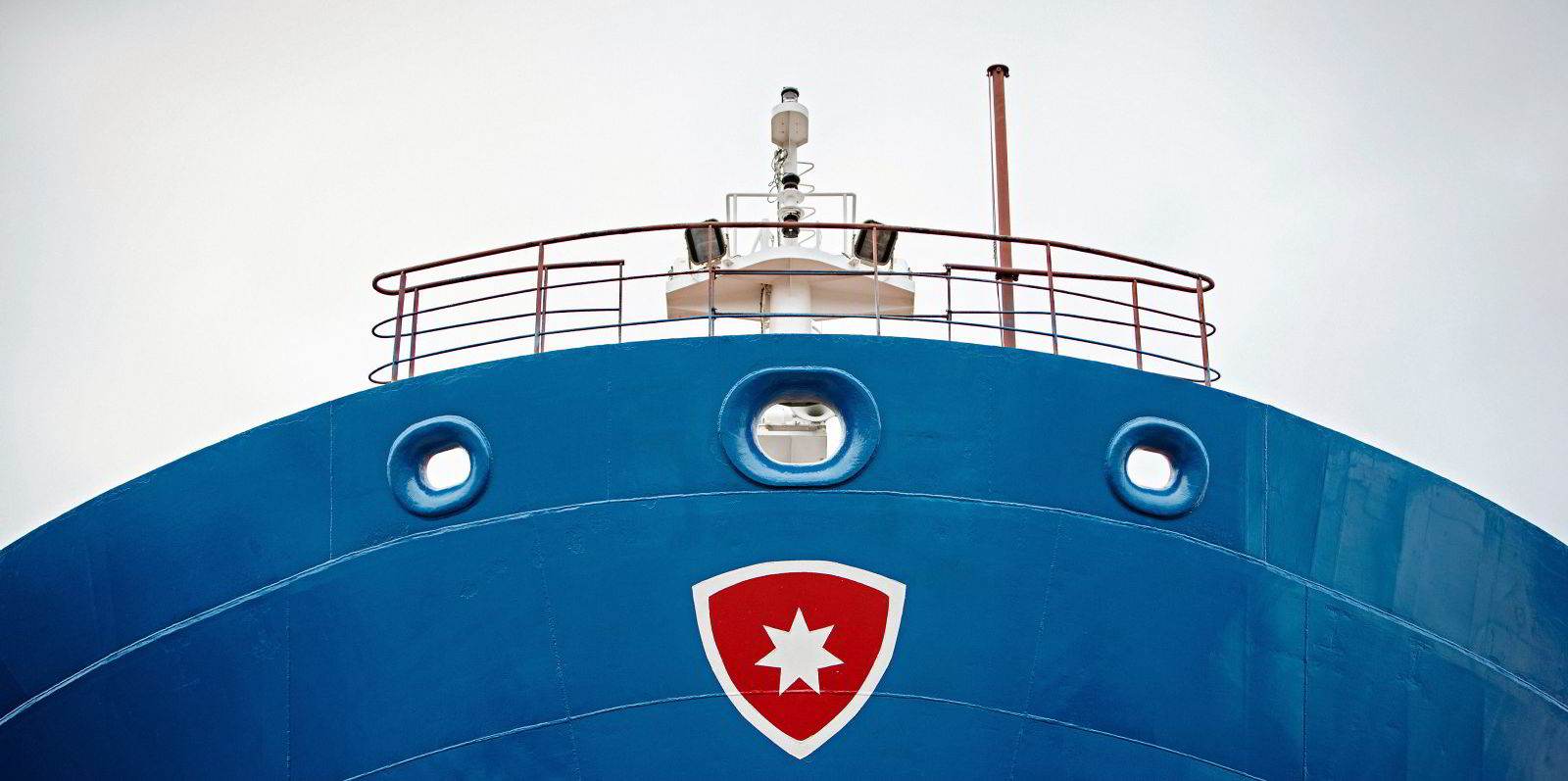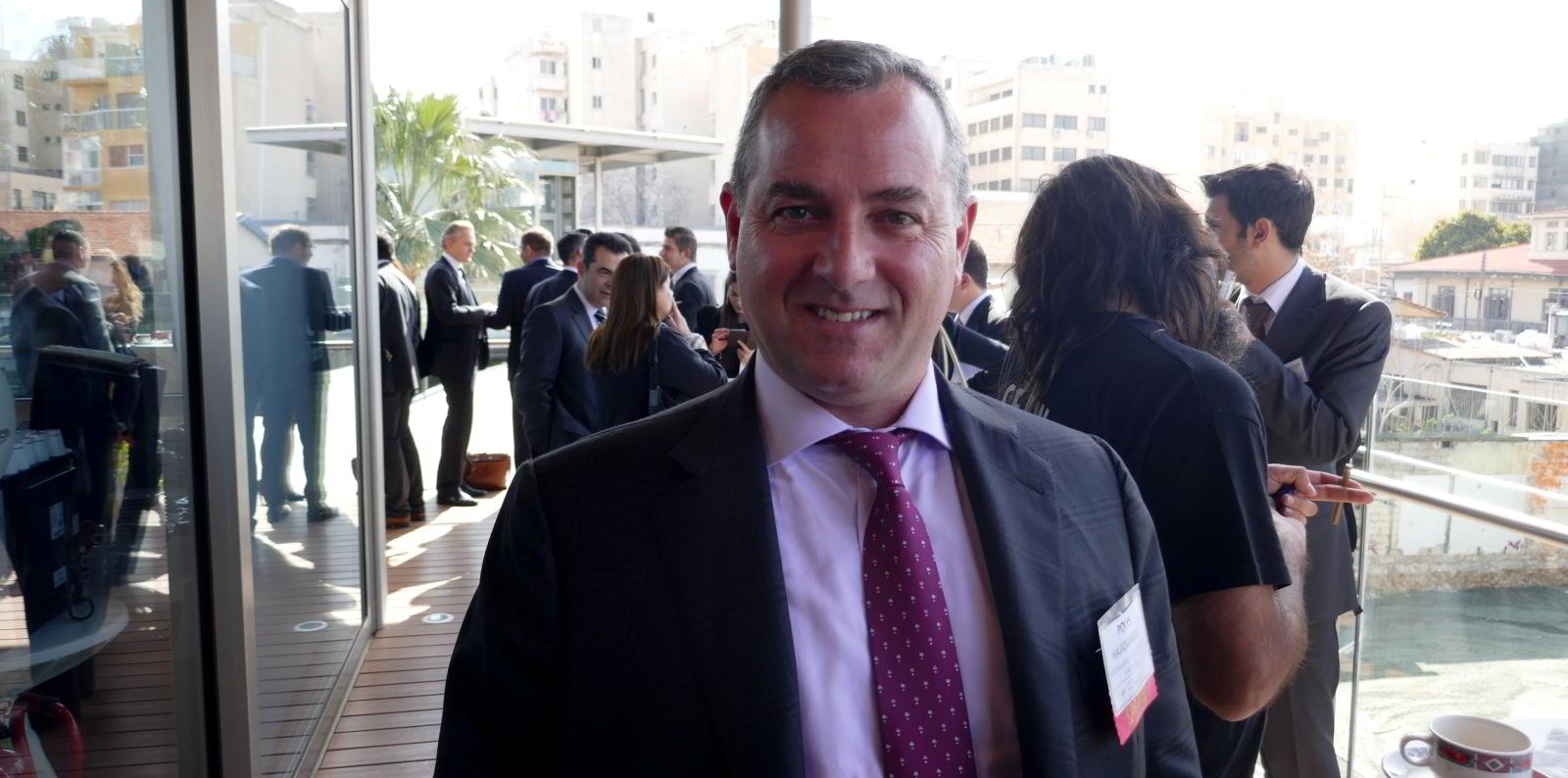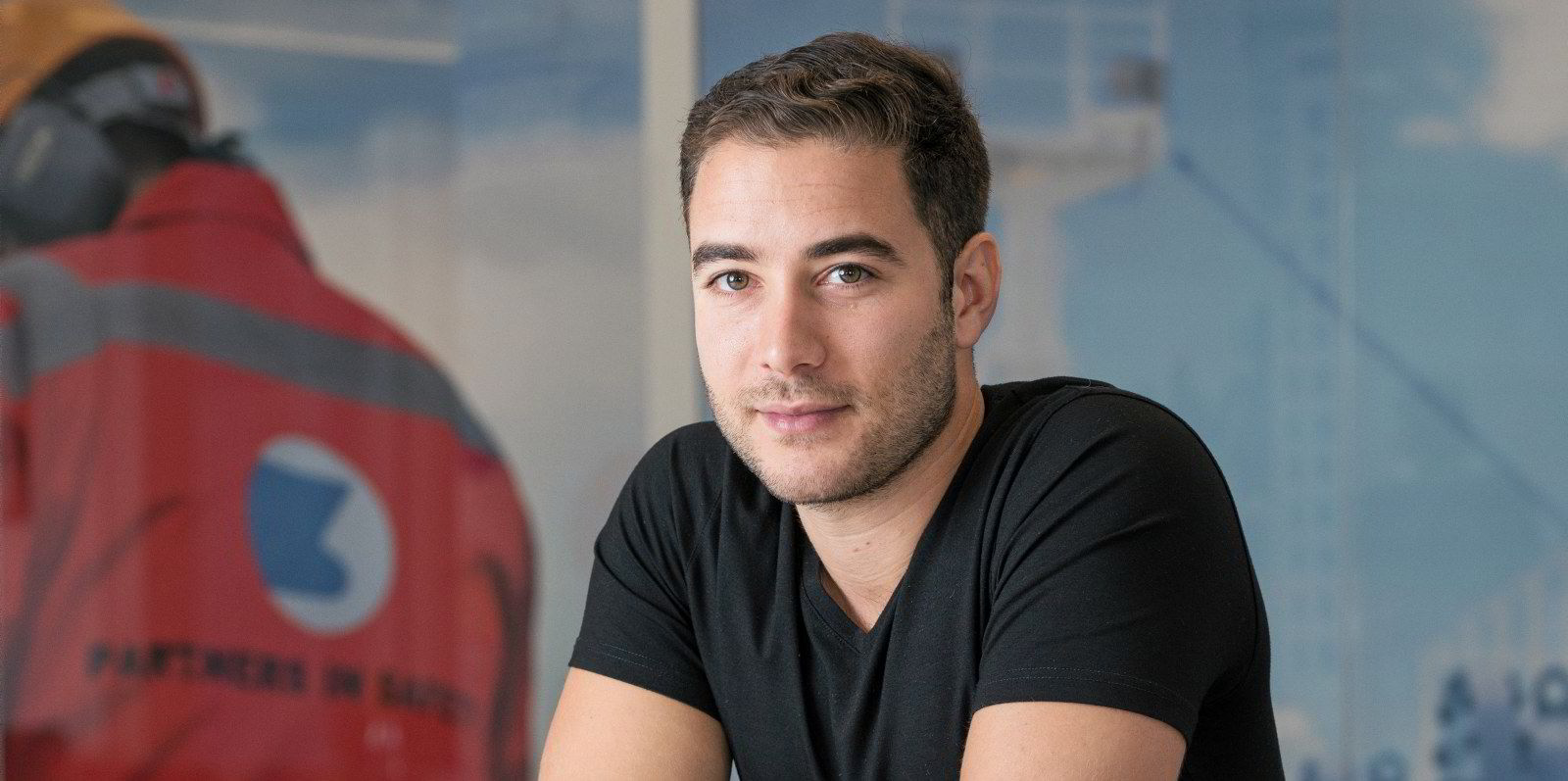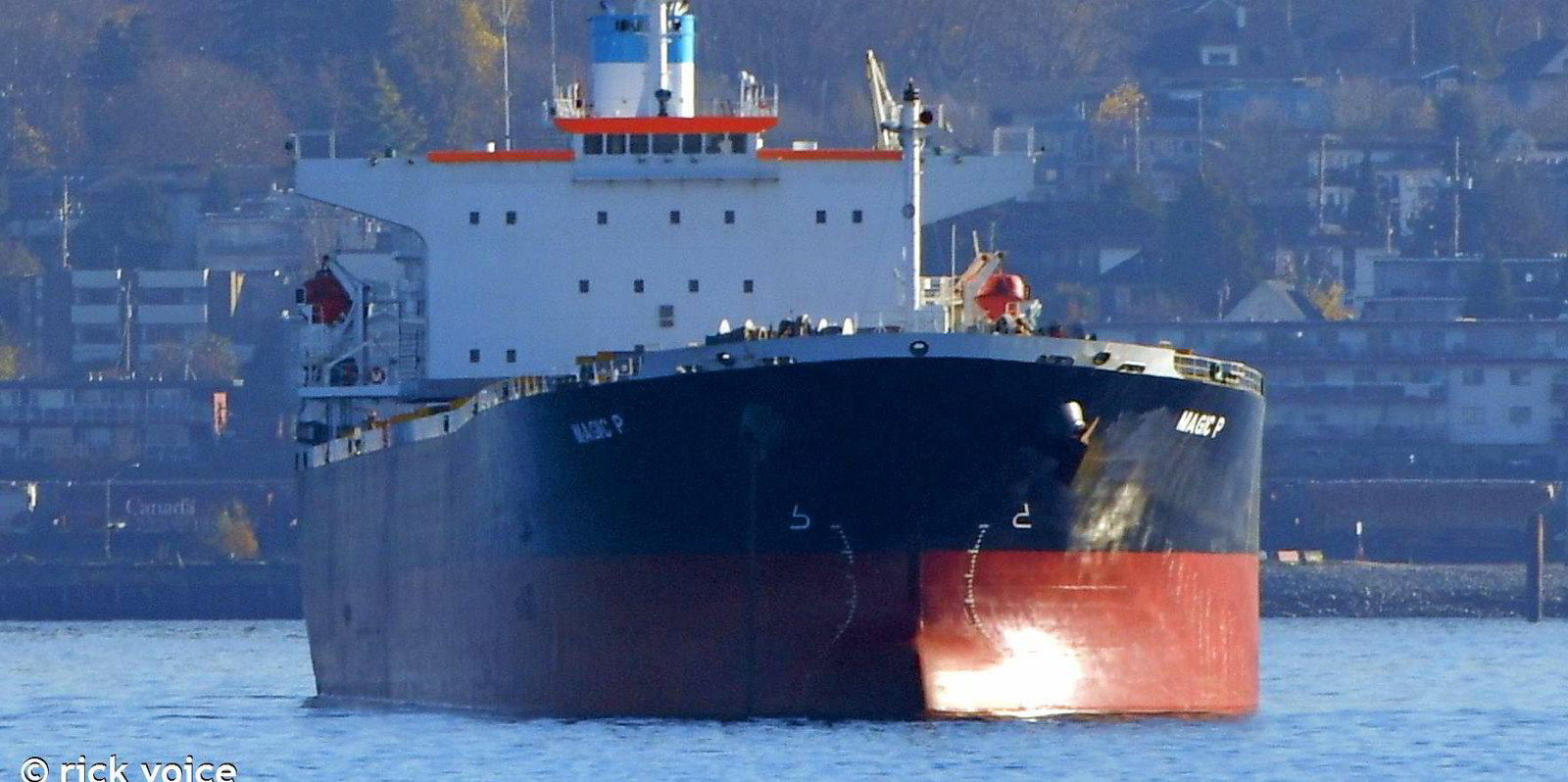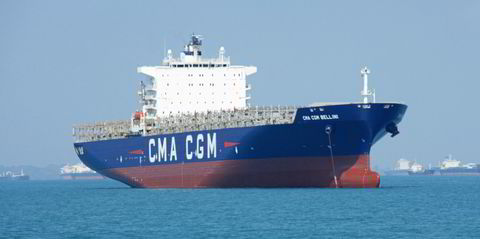Norden fell to a loss in the first quarter as the Danish shipowner-operator suffered a blow from the weak product tanker market.
The results were also weighed down by a negative result for its bulker operating division, after strong dry cargo freight rates caught the company by surprise.
The company, which has a fleet of product tankers and bulkers, posted an adjusted loss of $6m for the first quarter, compared to $29m profit a year ago.
Revenue during the period was $603.9m, only 2% lower than during the first quarter last year, but Norden was hit with higher levels of depreciation and a $9.2m loss from selling vessels.
The company said that the strong dry cargo market has led to an increase in the value of Norden’s portfolio of $106m.
Chief executive Jan Rindbo said: "The Q1 result should be seen in light of the substantial increase in the market value of Norden’s fleet as well as the strong position created by the dry operator in a soaring dry cargo market.
"This will benefit earnings significantly during the rest of 2021."
The company raised its profit forecast for the rest of this year from the previous range of $20m to $60m, based on expectations for its dry operator business division, which runs its bulker fleet.
"Norden raises its guidance for the year to $75m-$125m, expecting significantly higher earnings from Q2 onwards," Rindbo said in the firm's financial report.
The company warned in March that its annual result this year would be softer than in 2020, which turned out to be Norden's most profitable year in a decade, with profit totalling $106m.
Surprises in dry bulk
Perhaps the biggest surprise in Norden's first-quarter report was that its dry operator division made a loss of $200,000 during the period, despite being highly profitable during the second half of 2020.
This, Norden said, was because the company had anticipated a weak start to the year based on normal seasonality and entered 2021 with a short position with a small number of open vessels relative to available cargoes.
"However, the market developed differently than expected and was driven by strong Chinese demand and overall market inefficiencies, such as port congestion, trade disputes and unusually cold weather in China," Norden said in its first-quarter report.
"This created a 'short-squeeze' in the market, whereby dry bulk operators were forced to quickly take on more tonnage, driving market rates considerably up in a short span of time."
The dry operator division quickly switched things up and built a "significant" long position during the period, which will benefit its earnings from the second quarter onwards, Norden said.
The division operated an average of 322 bulkers during the first quarter, which is 31% more than during the same period last year.
Tankers weak, as expected
Norden's tanker operator division, which runs its fleet of product tankers, logged an $8m loss for the first quarter due to weak markets during the period.
The division booked blockbusting profit of $18m during the first three months of 2020, when spot markets were at multi-year highs.
High levels of contract coverage for its managed fleet are helping to mitigate the worst effects of the weak spot market, Norden said in its report.
The division is preparing for product tanker markets to improve during the second half of this year by "optimising" its vessel portfolio, the company added.
Norden's asset management division, which looks after its fleet of owned vessels, meanwhile booked $2m in profit for the quarter, down from $7m 12 months ago.
The division is gradually increasing its exposure to the the bulker sector to capitalise in "strong growth" in asset prices, Norden said.
This has comprised purchases of bulkers in the secondhand market, lease transactions and period extensions, according to the report.
The company sold two tankers in April, bought three kamsarmaxes in March and sold another last month, as TradeWinds has reported.
Depreciation increased year on year by 20% during the first quarter "mainly due to recognition of more right-of-use assets in asset management and dry operator compared to last year", Norden said.
Negative cash flow from operations and payout of dividends also caused Norden's available liquidity to fall to $295m, comprising $262m in cash and $33m in undrawn credit facilities.
